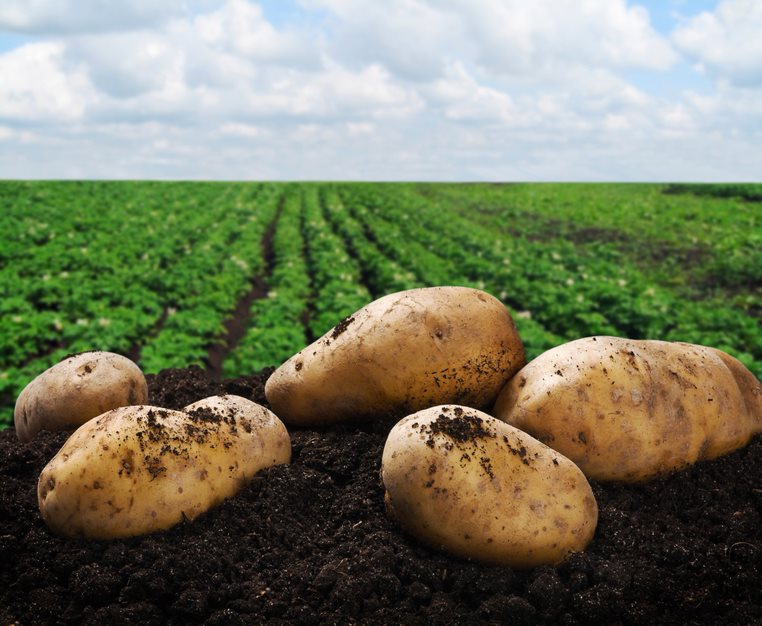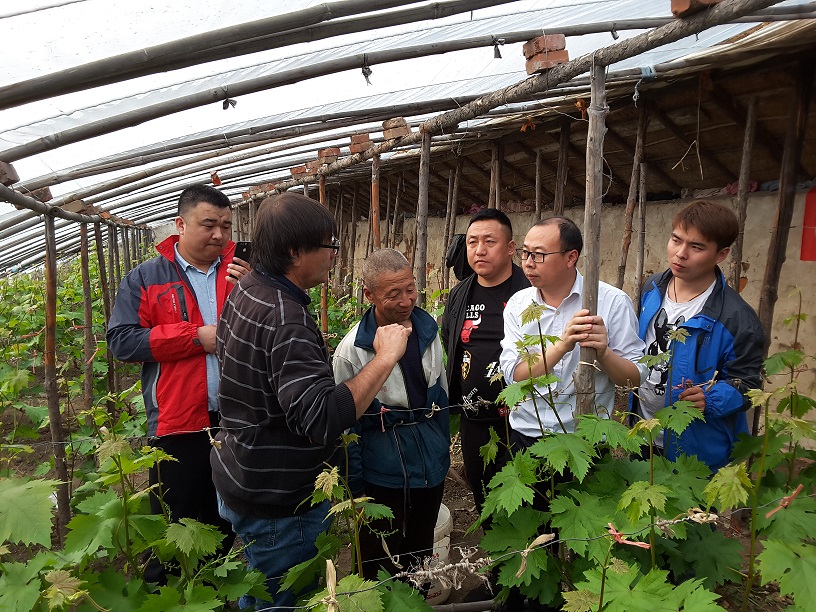Recently, I was in China where I gave a presentation at the National Seminar on Potato Cultivation, in Wulanchabu, the capital of Inner Mongolia—the region is also known as the “Chinese capital of the potato”. This presentation to 1,000 producers and specialists was a first for SQM Beijing. Listening to the local producers, I found that the biggest challenges facing agriculture there is really not very different from those facing the regions of Peru, Mexico or South Africa: increase the size of the potato, its fresh weight and performance under conditions of climatic stress and soils lacking potassium.
Our studies have shown that overcoming these conditions is possible.
I was eager to share my experience in the development of nutritional strategies using Potassium Nitrate in areas with low nutrient soils and with temperatures below 15° C and above 25° C. Climatic stress and the scarcity of potassium in the soil, especially in fine textural classes (clay) are common in many parts of the world, some as far away from each other as Mexico, India or Chile.
At SQM we approach these conditions starting with an in situ analysis and measurements in a fixed extract solution of a 1:2 volume. Only then do we calculate the proper nutrition using high-solubility products.
I never go to the field without a 10-pound backpack containing my “portable lab”, so that I can analyze soil samples and irrigation water. A Chinese journalist accompanied me to every farm I visited, and he took extensive notes about my team, our work habits and routines. He later wrote a very detailed article (which I read in English) and described my backpack as and essential part of my identity. I noted: “An accurate assessment from an expert observer!”— I never thought of it this way!




